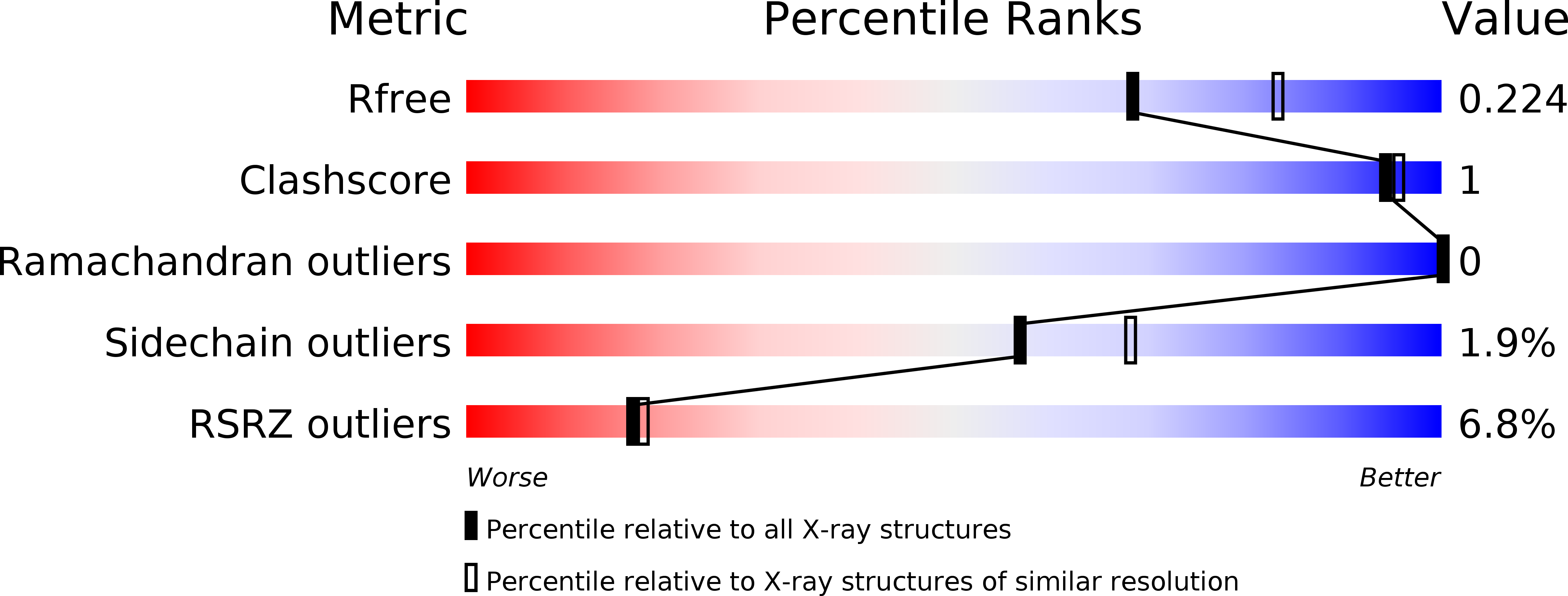
Deposition Date
2013-10-06
Release Date
2014-01-01
Last Version Date
2024-02-28
Entry Detail
PDB ID:
4N3B
Keywords:
Title:
Crystal Structure of human O-GlcNAc Transferase bound to a peptide from HCF-1 pro-repeat2(1-26)E10Q and UDP-5SGlcNAc
Biological Source:
Source Organism:
Homo sapiens (Taxon ID: 9606)
Host Organism:
Method Details:
Experimental Method:
Resolution:
2.17 Å
R-Value Free:
0.22
R-Value Work:
0.19
R-Value Observed:
0.19
Space Group:
P 61 2 2


